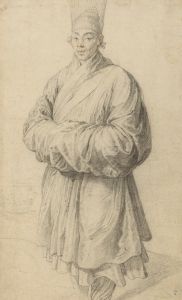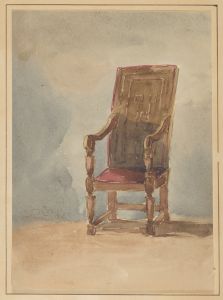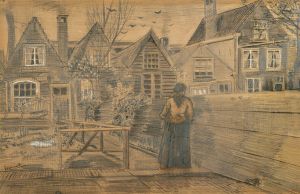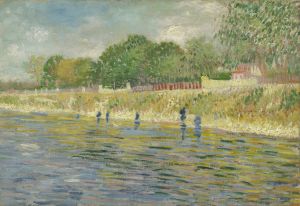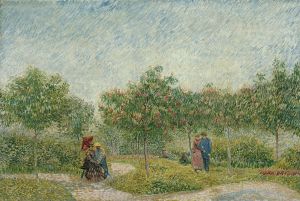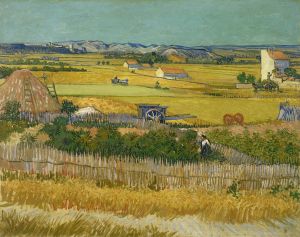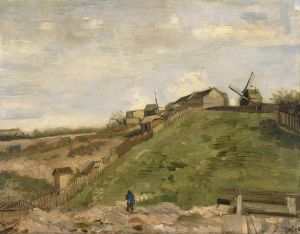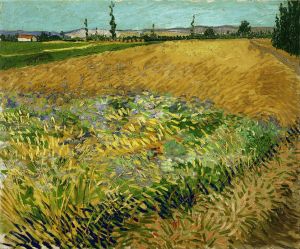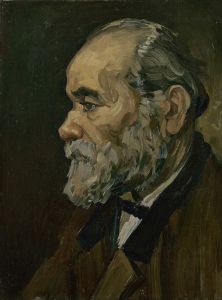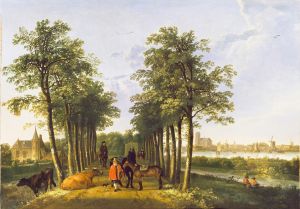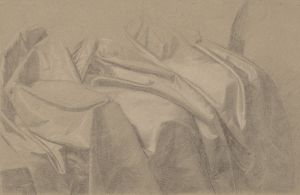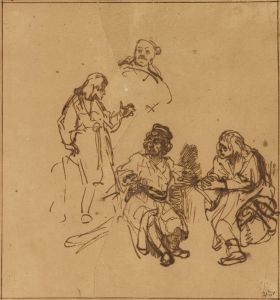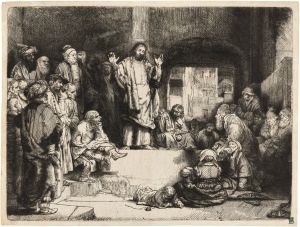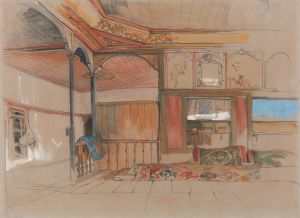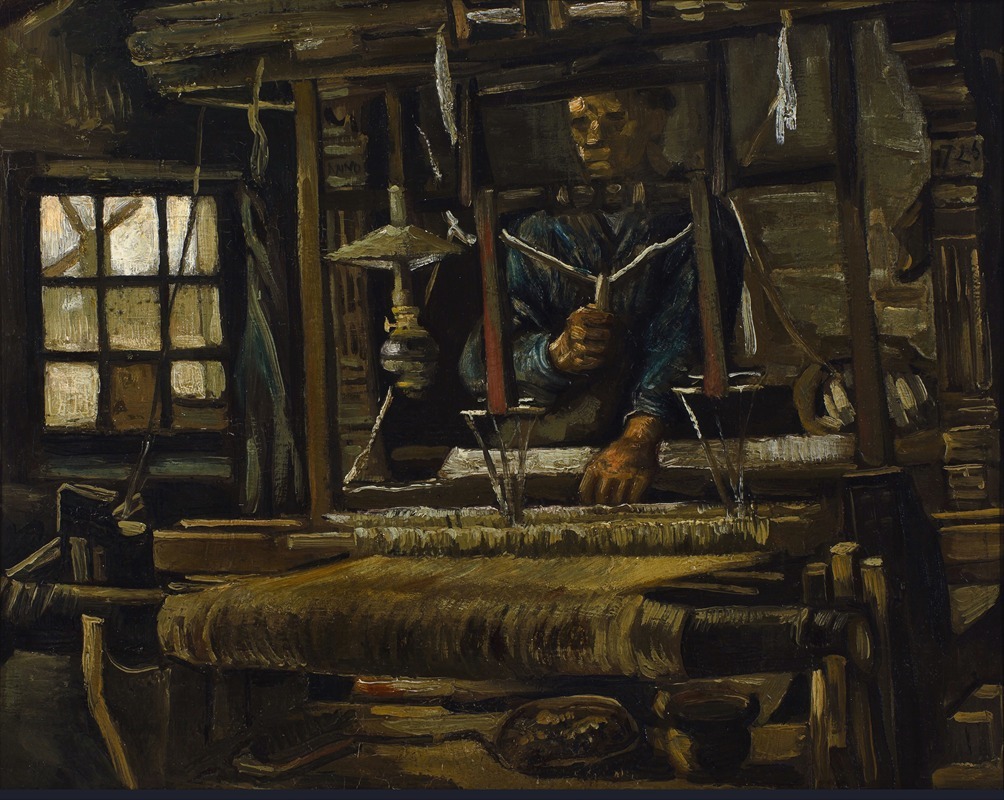
A Weaver’s Cottage
A hand-painted replica of Vincent van Gogh’s masterpiece A Weaver’s Cottage, meticulously crafted by professional artists to capture the true essence of the original. Each piece is created with museum-quality canvas and rare mineral pigments, carefully painted by experienced artists with delicate brushstrokes and rich, layered colors to perfectly recreate the texture of the original artwork. Unlike machine-printed reproductions, this hand-painted version brings the painting to life, infused with the artist’s emotions and skill in every stroke. Whether for personal collection or home decoration, it instantly elevates the artistic atmosphere of any space.
Vincent van Gogh's painting A Weaver’s Cottage is one of the works created during his early artistic period in the Netherlands. Painted in 1884, this artwork reflects Van Gogh's interest in rural life and the working-class individuals who were central to his artistic focus at the time. The painting was completed while Van Gogh was living in Nuenen, a small village in the southern Netherlands, where he spent a productive period exploring themes of peasant life and labor.
The subject of A Weaver’s Cottage aligns with Van Gogh's fascination with the lives of weavers, a profession that was common in the region during the 19th century. The painting depicts a modest cottage, likely belonging to a weaver, set against a subdued and earthy background. The muted tones and somber palette are characteristic of Van Gogh's early works, which were heavily influenced by the Dutch Realist tradition and artists such as Jean-François Millet. This period of Van Gogh's career is marked by a focus on realism and an emphasis on the struggles and dignity of working-class life.
Van Gogh's time in Nuenen was significant for his artistic development. He created numerous studies and paintings of rural laborers, cottages, and landscapes, culminating in one of his most famous works from this period, The Potato Eaters (1885). A Weaver’s Cottage fits into this broader context, showcasing his dedication to portraying the lives of ordinary people and their environments with empathy and authenticity.
The painting demonstrates Van Gogh's evolving technique, as he experimented with composition and texture to convey the atmosphere of the scene. While his later works are renowned for their vibrant colors and dynamic brushwork, his early paintings, including A Weaver’s Cottage, are more subdued and focused on capturing the essence of rural life.
Today, A Weaver’s Cottage is recognized as an important piece within Van Gogh's early oeuvre, offering insight into his artistic roots and the themes that would continue to influence his work. The painting is part of a collection that highlights Van Gogh's commitment to depicting the human condition and the environments in which people live and work.





